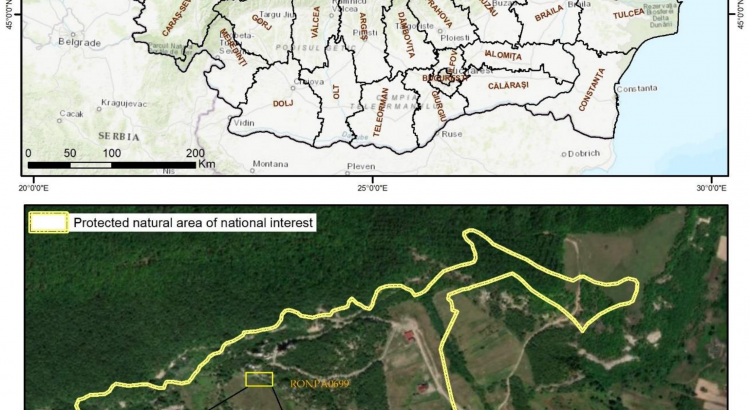Codrea Paula-Minerva, Bilasco Stefan, Roşca Sanda-Maria, Irimus Ioan-Aurel, Vescan Iuliu, Rusu Raularian, Fodorean Ioan, Sestras Paul,
Appl. Sci. 2022, 12(19), 9816; https://doi.org/10.3390/app12199816
Abstract
Most of the natural geomorphosites represent main attractions that have a high tourism potential and need great care in terms of their capitalization. The irrational tourism capitalization of the geomorphosites may lead to their degradation because of the lack of proper tourism infrastructure and the practice of random and uncontrolled tourism. The reintroduction in the tourism circuit of such geomorphological structures that have a high landscape and scientific value claims, first of all, the assessment of the current state of degradation and the drawing up of sustainable development proposals from a geomorphological point of view. This study deals mainly with the assessment of a geomorphosite (Grădina Zmeilor Geomorphosite, North-West Region, Romania), using a complex methodology, which is based on the identification of criteria influencing the tourism development of the geomorphosite, and their analysis by means of qualitative points given according to the impact of each criterion. A total of 17 criteria have been therefore identified. They are structured along four levels of analysis which are integrated in the form of spatial analysis based on weighted average, and highlight the overall value of the analysed geomorphosite. By implementing the methodology in the proposed research, a total value of 0.29 has been obtained in an interval between 0 and 1. This value underlines the high degree of degradation of the geomorphosite. The planning proposals have the main purpose of increasing the overall value of the geomorphosite by providing sustainability in its capitalization. To achieve this, proposals have been made to mitigate the shortcomings for a total of four criteria. The overall value of the geomorphosite has been recalculated, resulting a significant increase of the value (0.33), highlighting the impact of the implementation of these proposals in practice for the development of the geomorphosite and the increase of its level of tourism attractiveness. The introduction of this objective on the tourist map, following the application of the suggestions proposed in this paper, can lead to favorable economic development both at the local and regional level. This analysis model can also be applied to other geomorphists facing the problem of degradation and involution. View Full-Text
